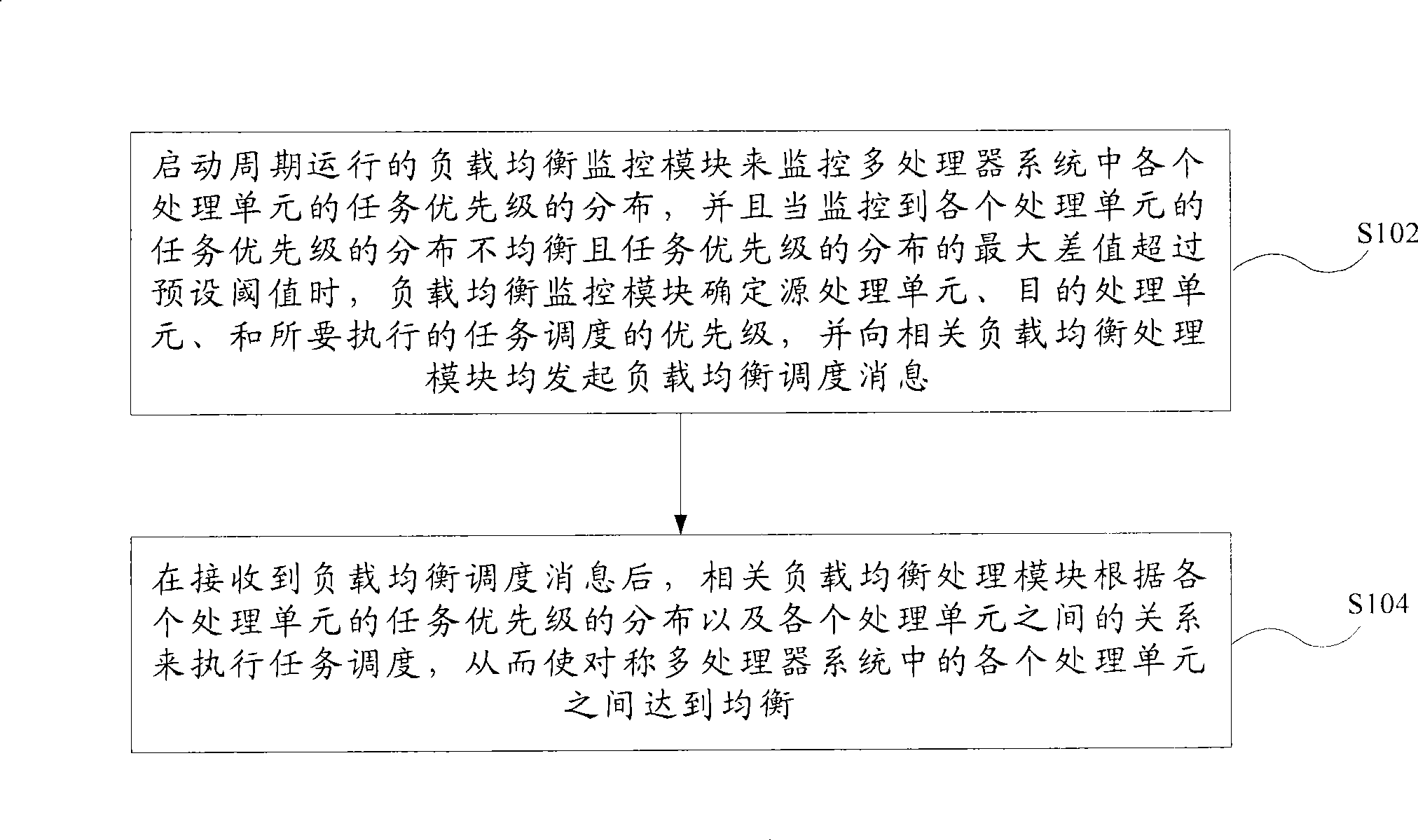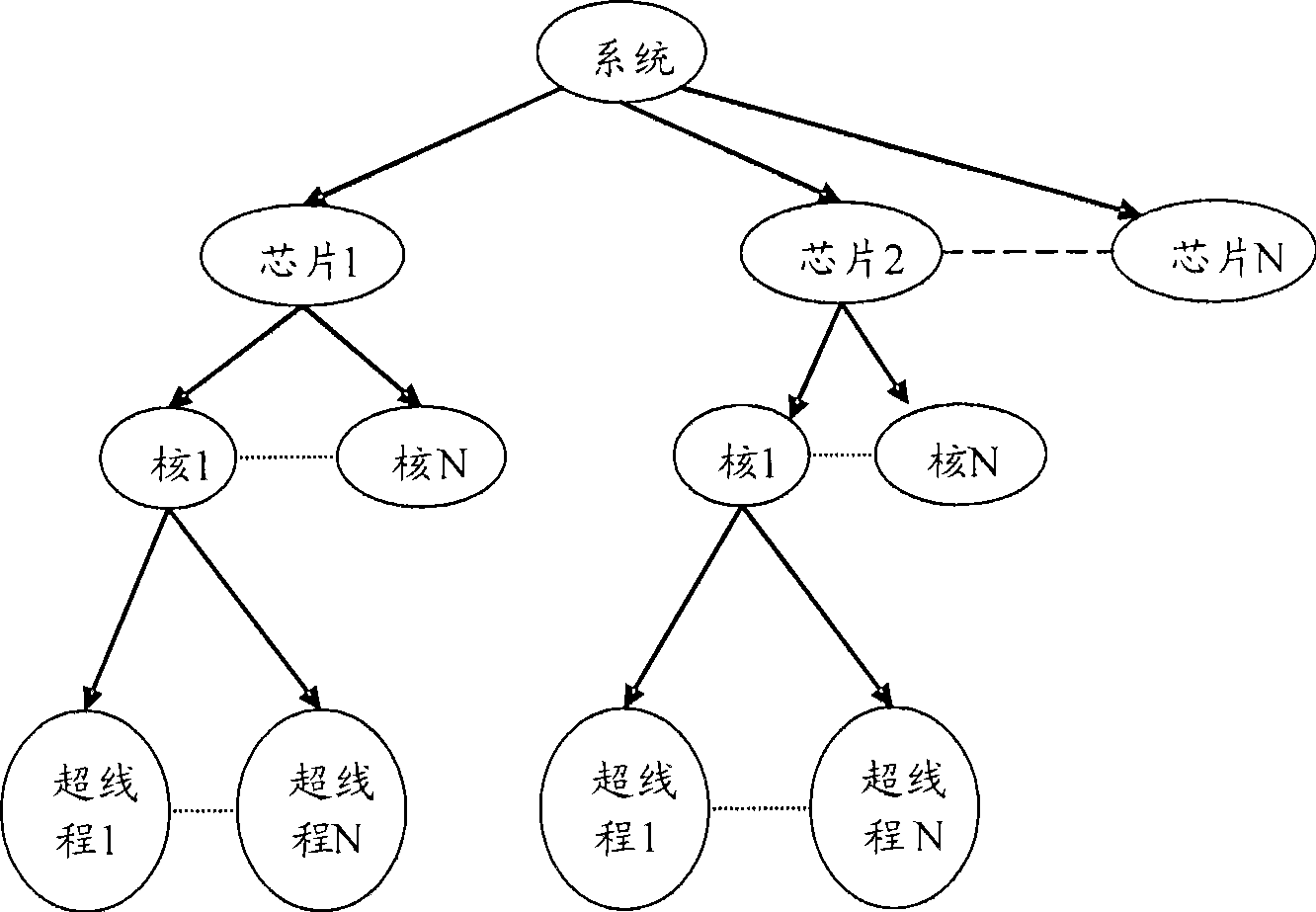Load equilibration scheduling method and device
A technology of load balancing and scheduling method, applied in multi-program device, machine execution device, concurrent instruction execution and other directions, can solve the problem of unbalanced priority of run queue, inability to ensure priority, inability to meet high-priority tasks, etc. Achieve the effect of good real-time response performance and low computational overhead
- Summary
- Abstract
- Description
- Claims
- Application Information
AI Technical Summary
Problems solved by technology
Method used
Image
Examples
Embodiment Construction
[0028] The preferred embodiments of the present invention will be described below in conjunction with the accompanying drawings. It should be understood that the preferred embodiments described here are only used to illustrate and explain the present invention, and are not intended to limit the present invention.
[0029]It should be understood that the realization of the present invention mainly lies in two modules: a load balance monitoring module and a load balance processing module. Among them, the load balance monitoring module is set to run regularly, and will check the task load status of each processor in the entire system during operation. If there is an unbalanced task load, it will perform a hierarchical search in the system to find out the source processing unit, the destination processing unit and the priority of the task to be migrated, and notify the entity of the corresponding load balancing processing module of the information. The load balancing processing mo...
PUM
 Login to View More
Login to View More Abstract
Description
Claims
Application Information
 Login to View More
Login to View More - R&D
- Intellectual Property
- Life Sciences
- Materials
- Tech Scout
- Unparalleled Data Quality
- Higher Quality Content
- 60% Fewer Hallucinations
Browse by: Latest US Patents, China's latest patents, Technical Efficacy Thesaurus, Application Domain, Technology Topic, Popular Technical Reports.
© 2025 PatSnap. All rights reserved.Legal|Privacy policy|Modern Slavery Act Transparency Statement|Sitemap|About US| Contact US: help@patsnap.com



